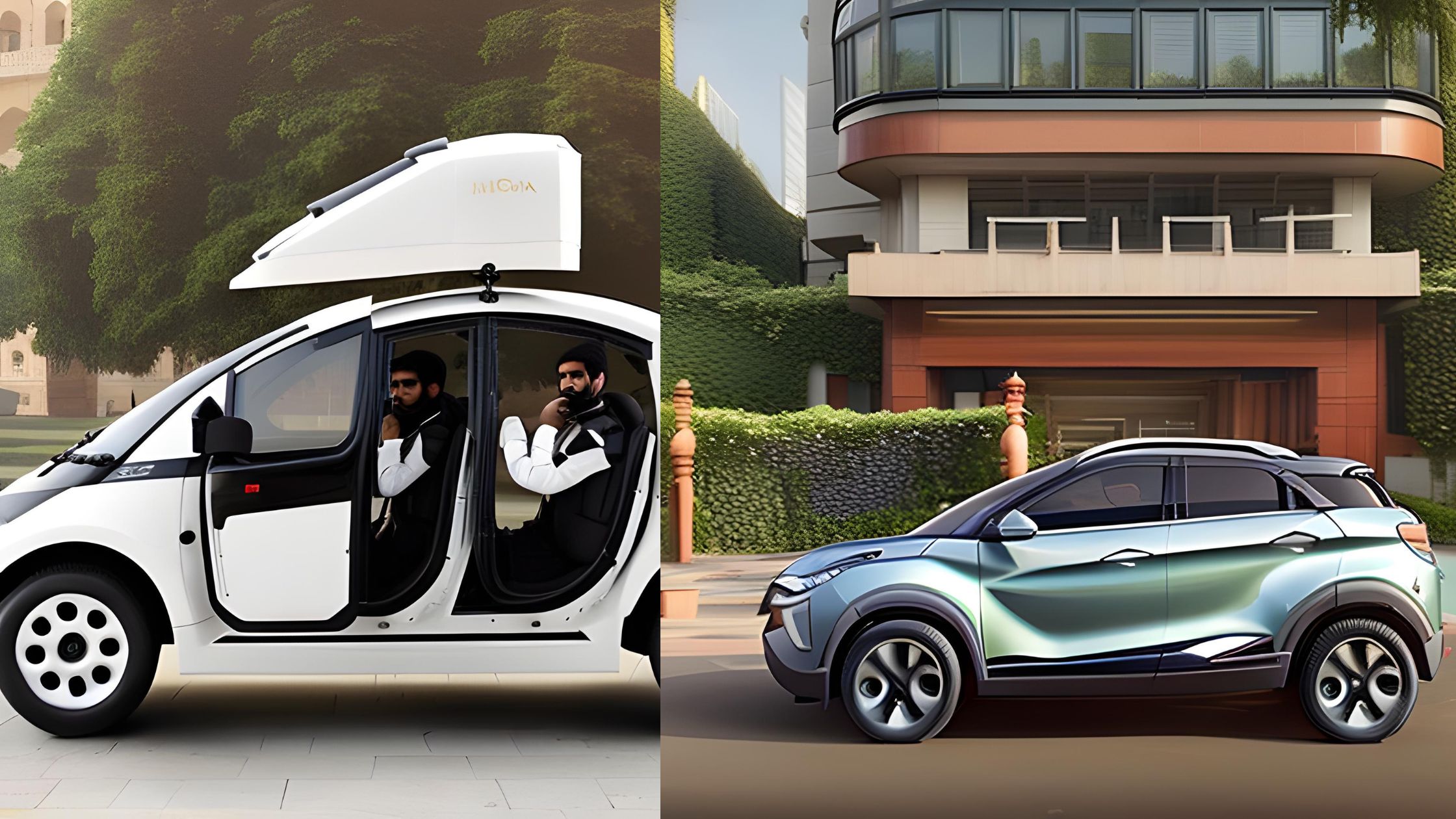
Current state of Electric Vehicles (EVs) in India
The electric vehicle (EV) market in India is still in its early stages of development, but it is expected to grow rapidly in the coming years. According to a report, the Indian EV market is projected to have a compound annual growth rate (CAGR) of 90% from 2021 to 2030 [1]. However, the current adoption of EVs in India remains relatively low, with electric vehicles accounting for only about 2% of total automobile sales [2]. Many Indians still prefer petrol, diesel, or gas-driven cars, and there are several challenges that hinder the widespread adoption of electric vehicles in the country [3].
Is India ready for electric vehicles in 2023 ?Let’s have a look into it. Govt of India is also providing subsidy on EVs’ you can claim EV subsidy here.
One of the major challenges in the adoption of electric vehicles in India is the lack of charging infrastructure. The availability of charging stations is limited, especially in rural areas, making it inconvenient for EV owners to charge their vehicles [4]. Additionally, the high cost of electric vehicles compared to traditional fossil fuel-powered vehicles is another barrier to adoption. Many consumers find the initial purchase price of EVs to be prohibitive [5]. Moreover, range anxiety, the fear of running out of battery power while on the road, is also a concern for potential EV buyers [3]. These challenges need to be addressed in order to accelerate the adoption of electric vehicles in India.
Despite the challenges, the Indian government has taken several initiatives and implemented policies to promote the adoption of electric vehicles. The government has set ambitious targets to increase the adoption of EVs in the next decade, aiming for electric vehicles to account for at least 30% of all new automotive sales by 2030 [6]. Incentives such as subsidies and lower motor taxes on EVs have been provided to encourage consumers to switch to electric vehicles [3]. These government efforts, along with the growing awareness of environmental concerns and the potential benefits of electric vehicles, indicate that India is moving towards being ready for electric vehicles [2].
Infrastructure and charging network for EVs in India
The availability of charging stations is a crucial factor in determining the readiness of India for electric vehicles. Currently, there is a lack of robust charging infrastructure in the country, which poses a challenge to the widespread adoption of EVs [7]. However, efforts are being made to address this issue. Tata Power, for example, has built around 2,500 charging stations across 300 cities and towns in India, providing a network for EV owners to charge their vehicles [2]. The Indian government has also taken steps to standardize the charging plug, with the Bharat DC 001 being designated as the standard plug to support [8]. Increasing the number of charging stations throughout the country will not only improve access to charging infrastructure but also encourage more individuals to consider purchasing EVs [9].
Battery swapping solutions are another aspect of EV infrastructure that can contribute to the readiness of India for electric vehicles. Battery swapping allows for a quick exchange of depleted batteries with fully charged ones, eliminating the need for lengthy charging times [10]. This technology can be particularly beneficial for commercial vehicles and delivery services, as it reduces downtime and increases efficiency. The Indian government has recognized the potential of battery swapping and is expected to notify an EV Battery Swapping Policy in the near future [11]. Partnerships with companies like Gogoro and Zypp Electric are also paving the way for the deployment of battery-swapping systems in India [12]. By embracing battery swapping technology, India can enhance the viability and attractiveness of electric vehicles in the market.
Investment in EV infrastructure is crucial for India’s readiness for electric vehicles. The government’s aim to have EVs comprise 30% of new private vehicle registrations by 2030 highlights the importance of infrastructure development [13]. This includes not only charging stations and battery swapping solutions but also the establishment of production centers and the improvement of charging infrastructure [1]. To increase the adoption of EVs, it is essential to make them more affordable and ensure that sufficient charging infrastructure is in place [2]. With the right investments and policies in place, India can create an ecosystem that supports the widespread use of electric vehicles and contributes to a cleaner and more sustainable transportation system [8].
India is having it’s EV revolution with Ather Bikes & Tata Nexon EV Cars.
Advantages and potential of Electric Vehicles in India
The adoption of electric vehicles (EVs) in India offers numerous environmental benefits. EVs have zero tailpipe emissions, reducing air pollution and improving air quality [14]. With India’s commitment to reducing carbon emissions and combating pollution, the widespread adoption of EVs aligns with the country’s environmental goals [7]. By transitioning to EVs, India can significantly contribute to reducing greenhouse gas emissions and mitigating the impact of climate change. Additionally, EVs can help in reducing noise pollution as they operate silently compared to traditional combustion engine vehicles. The environmental advantages of EVs make them a compelling choice for a cleaner and greener India.
The adoption of EVs in India also brings economic benefits. EVs have lower operating costs compared to conventional vehicles, as they require less maintenance and have fewer moving parts [1]. Furthermore, the government of India is dedicated to supporting the adoption of EVs by providing incentives and subsidies to promote their use [3]. This not only encourages consumers to switch to EVs but also supports the growth of the EV industry, creating job opportunities and boosting economic growth. According to Bain & Co. India’s EV industry is projected to generate significant revenue, reaching $76 billion to $100 billion by 2030 [2]. The economic advantages of EV adoption make it a promising avenue for India’s sustainable development.
The future outlook for electric vehicles in India appears promising. The government’s ambitious targets for EV adoption indicate a strong commitment to transitioning to cleaner and more sustainable transportation [2]. Efforts are being made to establish a robust supporting infrastructure, including the development of charging stations across the country [3]. However, there are challenges to overcome, such as addressing consumer concerns about charging infrastructure and range anxiety, particularly in rural areas [15]. Despite these challenges, the Indian electric vehicle market is expected to grow significantly, with a projected 90% compound annual growth rate from 2021 to 2030 [1]. The potential for EVs in India, both in terms of environmental and economic benefits, suggests that the country is indeed ready for the widespread adoption of electric vehicles.
Conclusion

India has demonstrated significant potential and commitment towards embracing electric vehicles. With robust government initiatives, increasing charging infrastructure, and advancements in battery technology, the country is on the right track. However, addressing affordability concerns, raising awareness, and investing in skilled labor are crucial steps to accelerate the adoption of EVs. As India moves towards a cleaner and greener future, the successful transition to electric mobility will require continued collaboration between the government, industry, and consumers. Ultimately, the collective efforts will pave the way for India to be ready for electric vehicles and reap the benefits of sustainable transportation.

